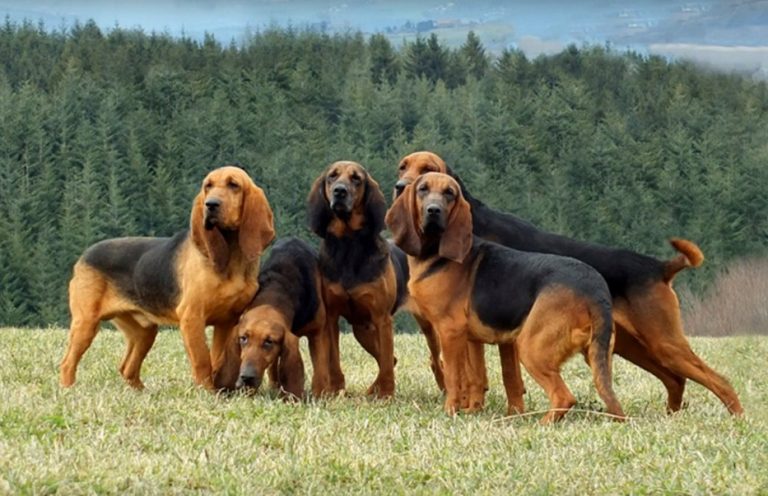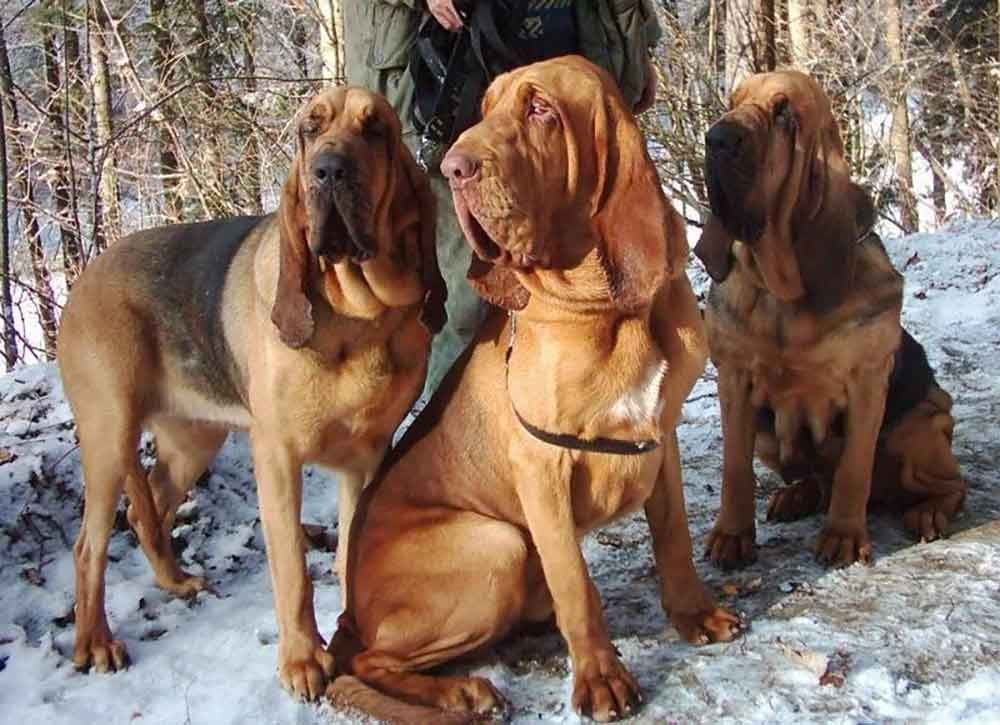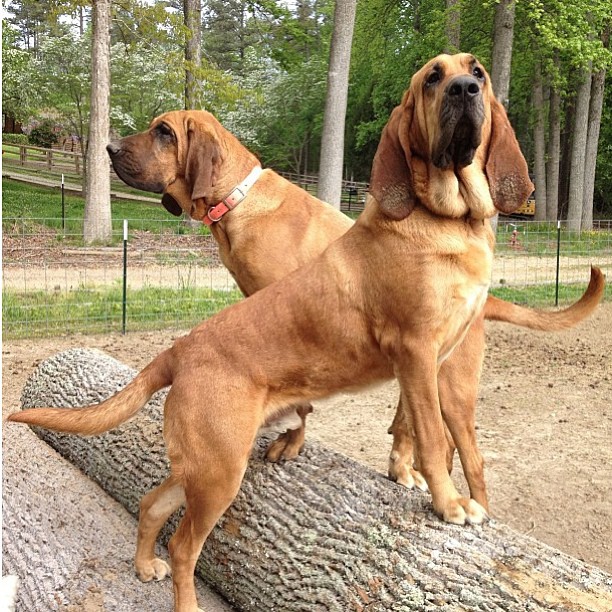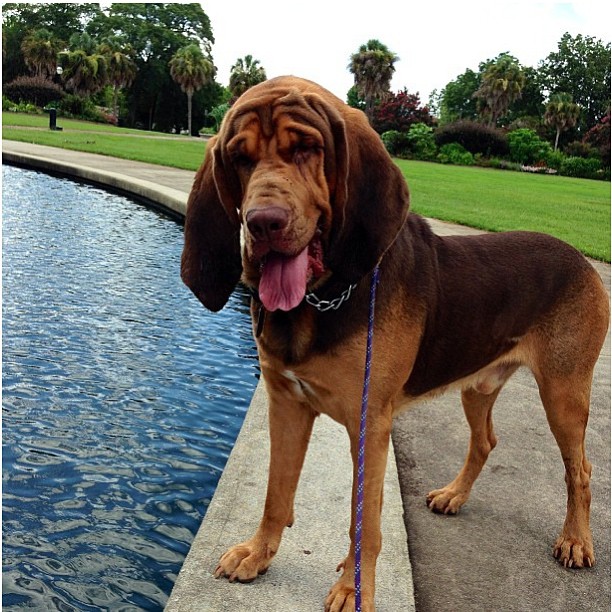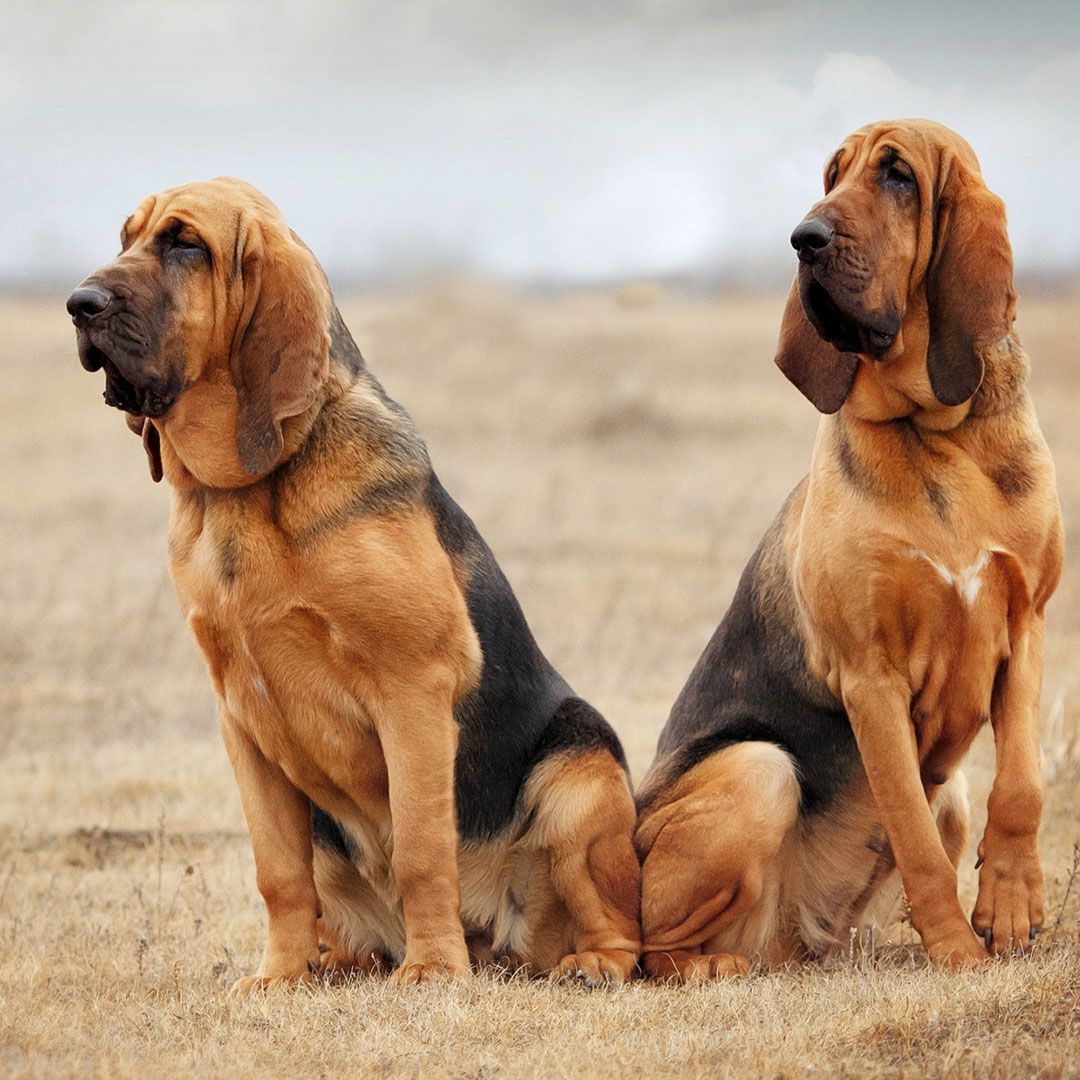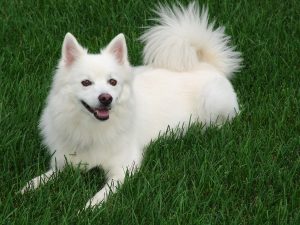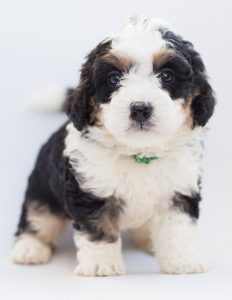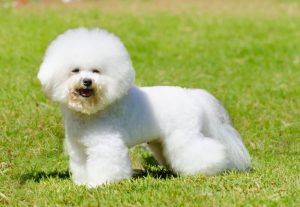If you look at the history of the Bloodhound dog breed, you can trace its origin back to medieval France. Initially, the canine was bred for trailing boar or deer. Nowadays, however, their exceptional sense of smell makes them ideal dogs for service jobs like search and rescue and law enforcement. This hunting dog is now more than a pet than a working dog.
But that is because back when they were initially bred, their strong sense of smell was one of the many traits. They are intelligent, active, gentle, and affectionate, and their droopy face will make you fall in love with them.
Today, we will talk about the coloring of the Bloodhound dog breed. What are some of the official Bloodhound colors? Is the dog available in more colors than the official three?
If you look at the breed standard set by the American Kennel Club, the dog is available in three colors, black and tan, liver and tan, and red or tawny. But let’s talk more about it.
Understanding The History Of The Breed
For many breeds, even more for hunting breeds, colors are quite important. For example, Beagles have a white tip on their tail so that hunters can recognize them in the field.
According to many historians, the Bloodhound dog breed is a direct descendant of the St Hubert Hound, which was a common dog in Europe in the 700s. In 1066, William the Conqueror brought these dogs to England and continued breeding them.
Some of the earliest pure-breeding stains of dogs were kept by Church dignitaries in carefully bred packs. Their name comes in reference to their pure blood. Unlike many modern dog breeds, the Bloodhound puppy is a direct descendant of only one canine, the St Hubert Hound. Other dog breeds are often a mixture of many dogs.
Even purebred dogs are developed by crossing several breeds. In this case, that is not how the bloodhound was developed.
By the 1800s, Bloodhounds arrived in the United States of America. There, they were used to trail escaped slaves alongside other scent-hound dogs. In 1885, the American Kennel Club officially recognized the dog breed.
Here is a fun fact. Bloodhounds hold tracking records for the length and staleness of the trail.
Bloodhound Puppies and Color
When we talk about Bloodhound colors, we have to mention that when they are puppies, they look very similar. Most Black and Tan puppies are born with the same amount of black. When you look at a Bloodhound puppy, it is hard to tell at birth how dark it will be once he reaches the adult dog stage.
Some puppies may appear darker, yet, they end up with less dark colors than their lighter littermates. It is hard to identify the color of the Bloodhound breed until he is 6 to 12 weeks old. Full coat color coats tend to grow with their color rather than grow out of it. Some people do not even recognize how much color their scent hound will lose throughout the first two years.
For example, all red puppies are born with a stripe of darker guard hairs down their back. And all black and tan puppies have a full saddle at birth.
What Does The AKC recognize?
As we said before, according to the breed standard by the American Kennel Club, there are only three official Bloodhound colors. Those are red, liver and tan, and black and tan. Let’s talk about them.
Red Bloodhound
The rarest Bloodhound color is actually red. They do look very similar to the liver and tan Bloodhound, with the sole difference they do not have liver or black hues on their backs. The red color can vary from light, which is tan, to a darker red shade, or almost brown.
But while they do appear similar, there is something that separates them. Those are the three variations of red coat color options. Those are black and red muzzle, liver and red muzzle, and solid red without any spots or markings.
Liver and Tan
Liver and tan Bloodhound color is quite common. Yet, they are still not the most common Bloodhound, which is the black and tan. Same as with the other colors, there are variations. Those are:
- The L1 shade, which is a light hue on the back of your dog, and many people confuse it with brown
- The L2 shade, or the saddle coat color, where the liver color forms the saddle shape on the back of your puppy
- L3 and L4 are two similar variations, with L4 being the richer one. In this case, the liver color spreads over most of the body of the puppy, and there are small sections of tan, mainly on the muzzle and legs
Black and Tan
The most common Bloodhound color is the black and tan. And just like with the other colors, there are many variations, from B1 to B4. All variations have a tanned undercoat and black overcoat. The difference is in the amount of black, which can differ depending on the coat type. Let’s take a look at the different variations:
- Black 1 is when your pooch has a tan undercoat, covering most of his body and black coloring is light, appearing only on small patches
- The B2 is when your dog has a darker black hue, with the pattern almost resembling a saddle color. The B2 is also commonly known as the black and tan saddle type
- B4 and B4, similar to light and tan, are in the same group and quite similar. There is almost no difference between them. Only the most experienced breeders and dog show judges can see the difference
Can You Have a Black Bloodhound?
A solid black Bloodhound dogs are extremely rare. Yet, it is not unheard of. Same as with other rare colors and rare dogs, solid black can appear on your puppy. Your dog inherits it through a recessive gene. But black can also be the primary color in black and tan bloodhounds when there are small shades of tan on the legs, muzzle, and eyes.

